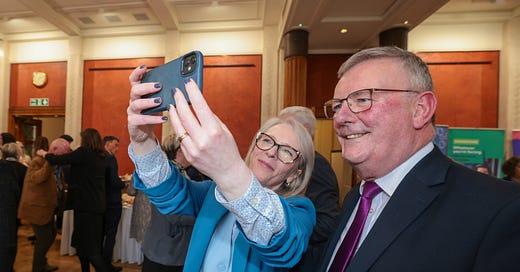Hello everyone,
After talking about using evidence and data to strengthen your policy proposals, let’s shift gears to something just as crucial: communication. You can have all the data in the world, but if you can’t get your message across in a way that resonates with your audience, your efforts may fall flat.
In this issue, I’ll share some tips on how to craft persuasive messages that move people to action—whether you’re engaging with policymakers, stakeholders, or the public.
Why Communication is Key
Good communication turns complex ideas into compelling messages that people can relate to and understand. Whether you're presenting your findings to a government committee, writing a report for stakeholders, or speaking at an event, how you say it is just as important as what you’re saying.
One thing I’ve learned over the years is that effective communication is not about dumbing down your message—it’s about making it relatable. You want people to not only understand what you’re proposing but to feel why it matters.
Crafting Your Message for Different Audiences
Here’s a little secret: Not all messages work for all people. Tailoring your communication to the needs, interests, and language of your audience is essential.
1. Know Your Audience
Before you start writing or speaking, ask yourself: Who am I trying to reach? Policymakers? Frontline workers? The general public? Each group will have different priorities and concerns.
For example, when I was working on the Children’s Services Co-operation Act, policymakers were most concerned about logistics and costs, while NGOs were focused on the social impact. By understanding each group’s motivations, I could frame my messages in a way that spoke directly to their interests.
Keep reading with a 7-day free trial
Subscribe to Policy360 Substack to keep reading this post and get 7 days of free access to the full post archives.





